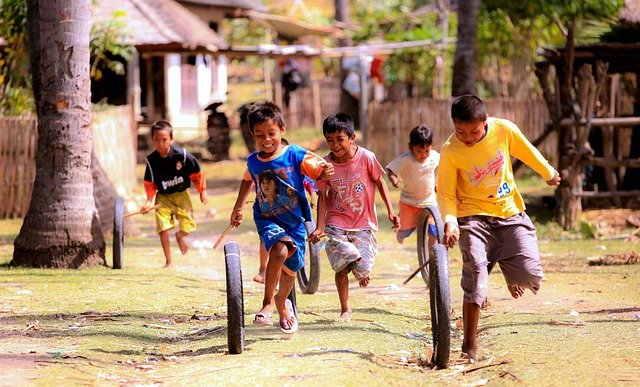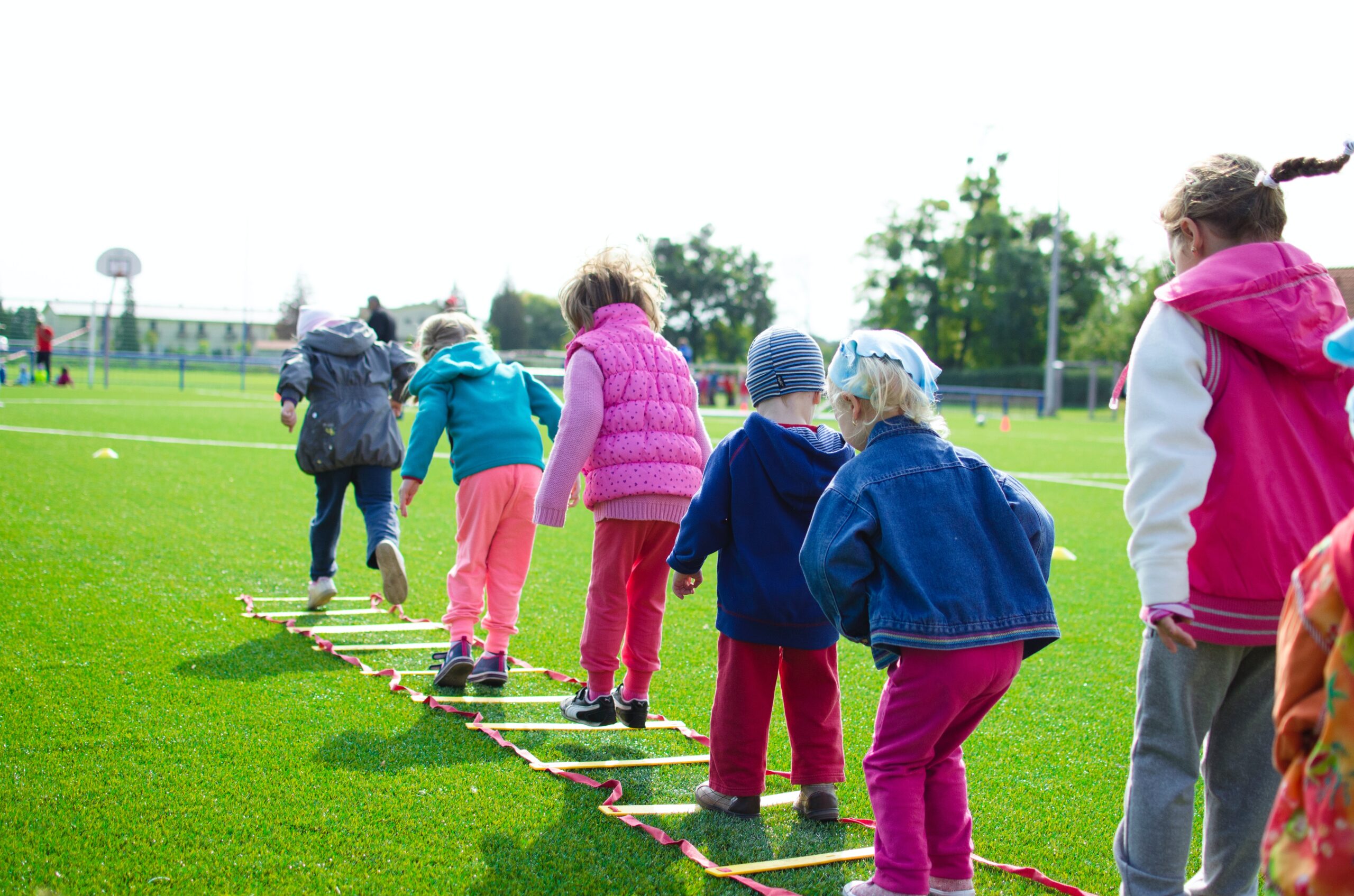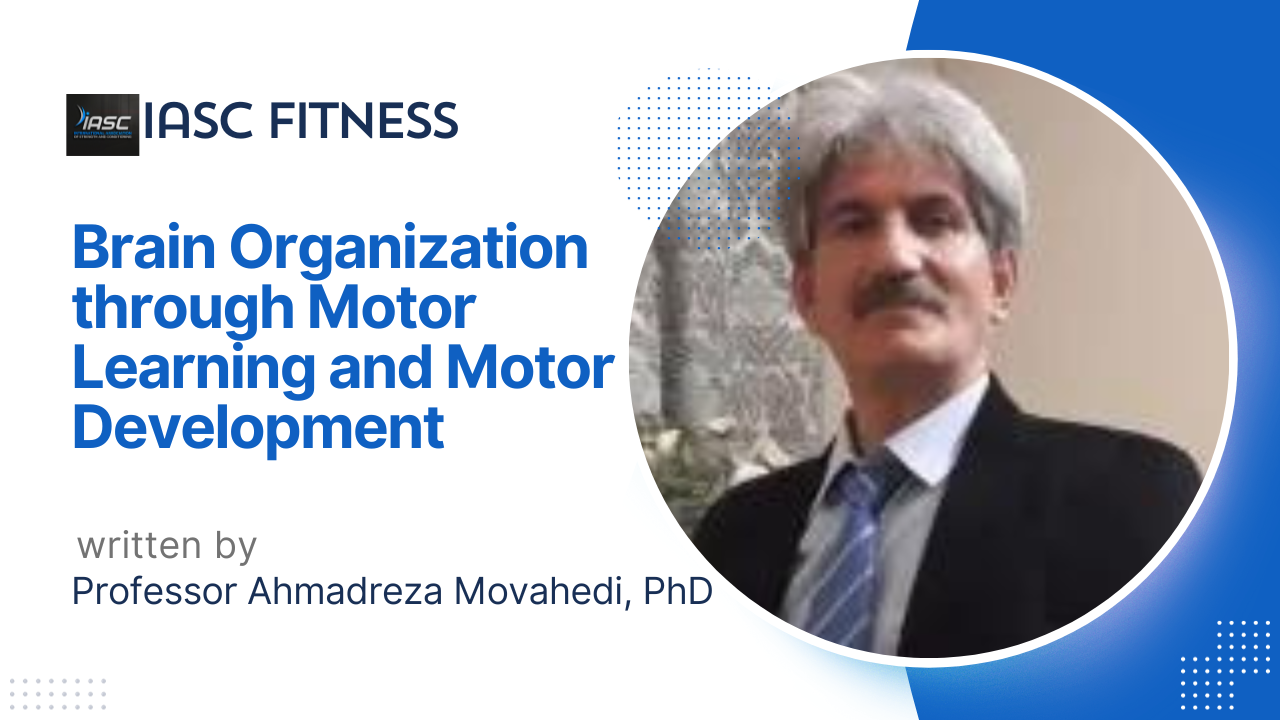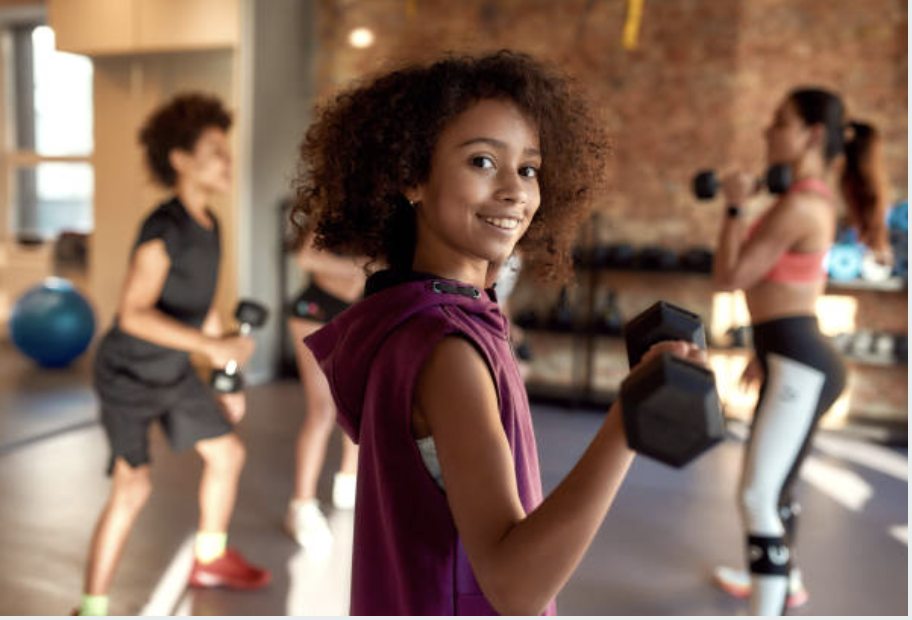The Health and Physical Education curriculum in kindergarten and primary schools have an explicit focus on the development of Fundamental Movement Skills (FMS).
An early focus on FMS is important as it is much more difficult to unlearn or break down a bad habit such as a poor movement pattern than to learn a proficient pattern in the first instance. The mastery of a new skill takes approximately 9-10 hours of practice, whereas it takes about 3 months to change an established movement pattern. However, it is possible!
So where should we start?
Start with the children’s interests, strengths, and needs
It is essential to consider the interests, strengths, and needs of the children in physical education class. Teachers and coaches as well as curriculum developers and educationists, must not lose sight of what physical competencies are valued by young people themselves. The teaching and learning program should be based on an understanding of what engages and sustains young people’s participation in physical activity and not on what you, as an adult, consider is important (or interesting). For example, if the local community is “mad” about soccer, the children are more likely to be engaged in the teaching program based on soccer skills rather than their favorite sport.

Opportunities to develop, practice, and master FMS can be embedded into every school day in lots of fun ways
FMS learning opportunities can be an integral part of most school days. In addition to physical education and sports classes, short, 10-minute physical activities can be used to transition from one activity or space to another, as time fillers, or at the beginning or end of the day. For example
- Jump up in the air, clap your hands and say “Good morning”.
- Place a bean bag between your feet and jump outside to recess.
- Make up a hopping rhyme.
- “As you go out the door, jump up and touch my hands”.
- Link arms with a partner and skip in a circle as you say“goodbye”.
Integrate FMS into each key learning area
Use an integrated approach to connect learning experiences across the curriculum. This strategy enables students to make better meaning of their learning and also demonstrate what they have learned in a number of different ways. Many topics can be delivered (and learned) in an active way.
For example,
- Use the body to make numbers, letters, and shapes – with partners or in groups.
- Use movement sessions as a stimulus for language or art sessions e.g. “write a story about your basketball game this morning”.
- Ask the children to respond with the appropriate movement as you spell the action e.g. J U M P or read the word in a story.
- Make letter or number grids on a wall for target practice.
- Measure the distance a ball can be thrown, kicked, or hit.
- Draw an outline of each child on a large piece of paper.
- Measure their height, length, and /or width, and place the drawings in order of height. Ask the children ‘can you jump the length of Sally?”
Consider differences between males and females
FMS may develop in different ways and in a different order between males and females as a result of diverse experiences, interests, and opportunities. It is important, therefore, to include a range of activity types in your program to accommodate for these differences. For example, you could teach skipping during a game, a music lesson, or even while telling a story – the children could act out the story. Ensure to include some movement to music or dance opportunities.
Individualize learning experiences
As your class will probably include children with a range of skill levels ensure you cater to these differences and ensure all children are able to achieve success in most activities.
You can do this by:
- Varying the demand of the task by changing the rules (1 bounce allowed), the required movement pattern (jump, skip, run), the size of the play area (smaller or larger), or the number of players (tag is harder with fewer players).
- Modifying the equipment by offering different size or height targets or different size equipment (ball, bats, lines, or beams).
- Changing the grouping by working individually, with a partner, or in a group.
Maximize participation in the activity
Children who do not feel confident about their movement skills will seek opportunities to avoid participation. They might misbehave, offer to run errands, forget to wear or bring the appropriate clothing, and complain of feeling unwell, tired, or even bored.

To ensure maximum participation in activity sessions:
- Avoid elimination or getting out games. Guess who will be the first ones out?
- Work out ways to change low-activity games such as duck, duck, and goose into activities where everybody is active.
- Avoid asking children with poor skills to demonstrate to the class. They may be able to articulate their knowledge by answering a question on rules or strategy.
- Avoid activities that involve winning more than learning.
- Find each child’s strengths. Identify, and then tap into, each child’s multiple intelligences. We all learn in many different ways.
- Those children who are not capable of playing fast-moving, strategy-based team games, will find more success and enjoyment in individual, less competitive activities such as golf, martial arts, or swimming programs.
References:
- Hands, B. P. (2012). How fundamental are fundamental movement skills?. Active and Healthy Magazine, 19 (1), 14-17.
- Ozmun, J. C., & Gallahue, D. L. (2016). Motor development. Adapted Physical Education and Sport, 6E, 375.







